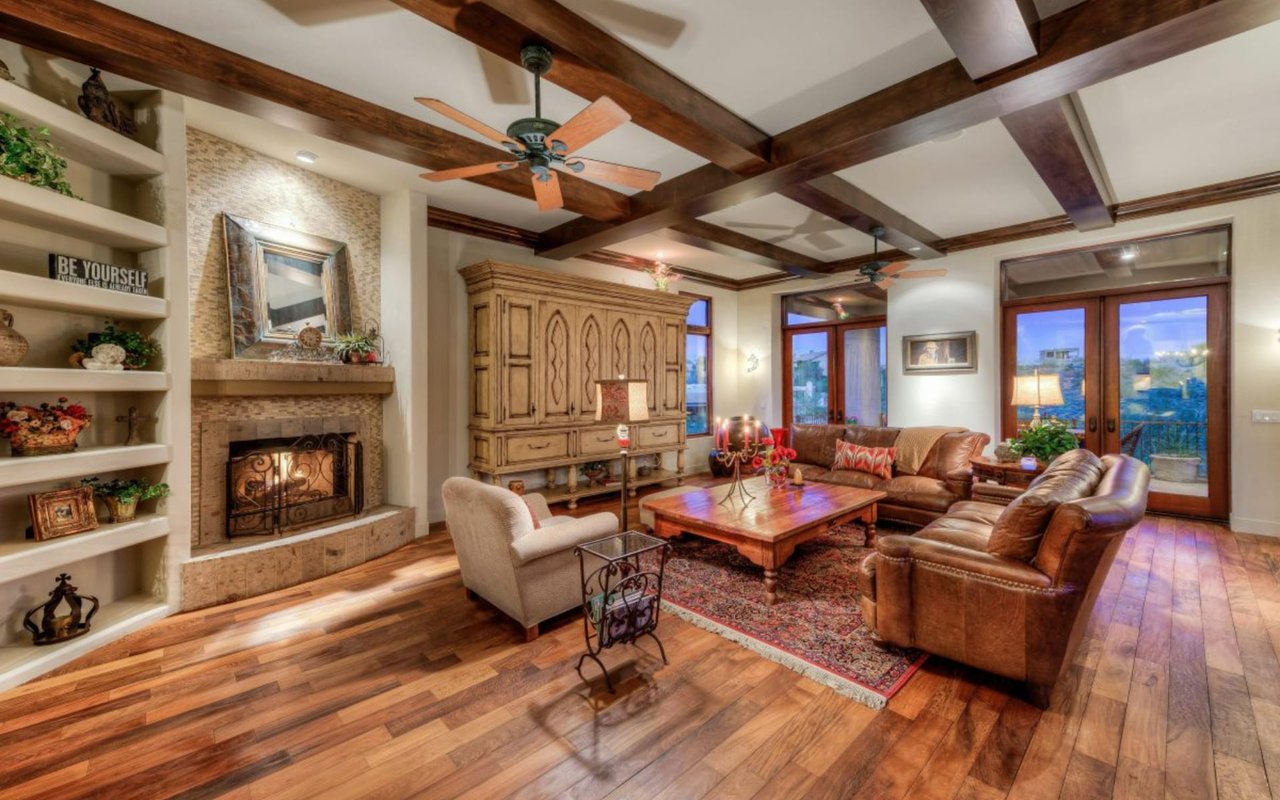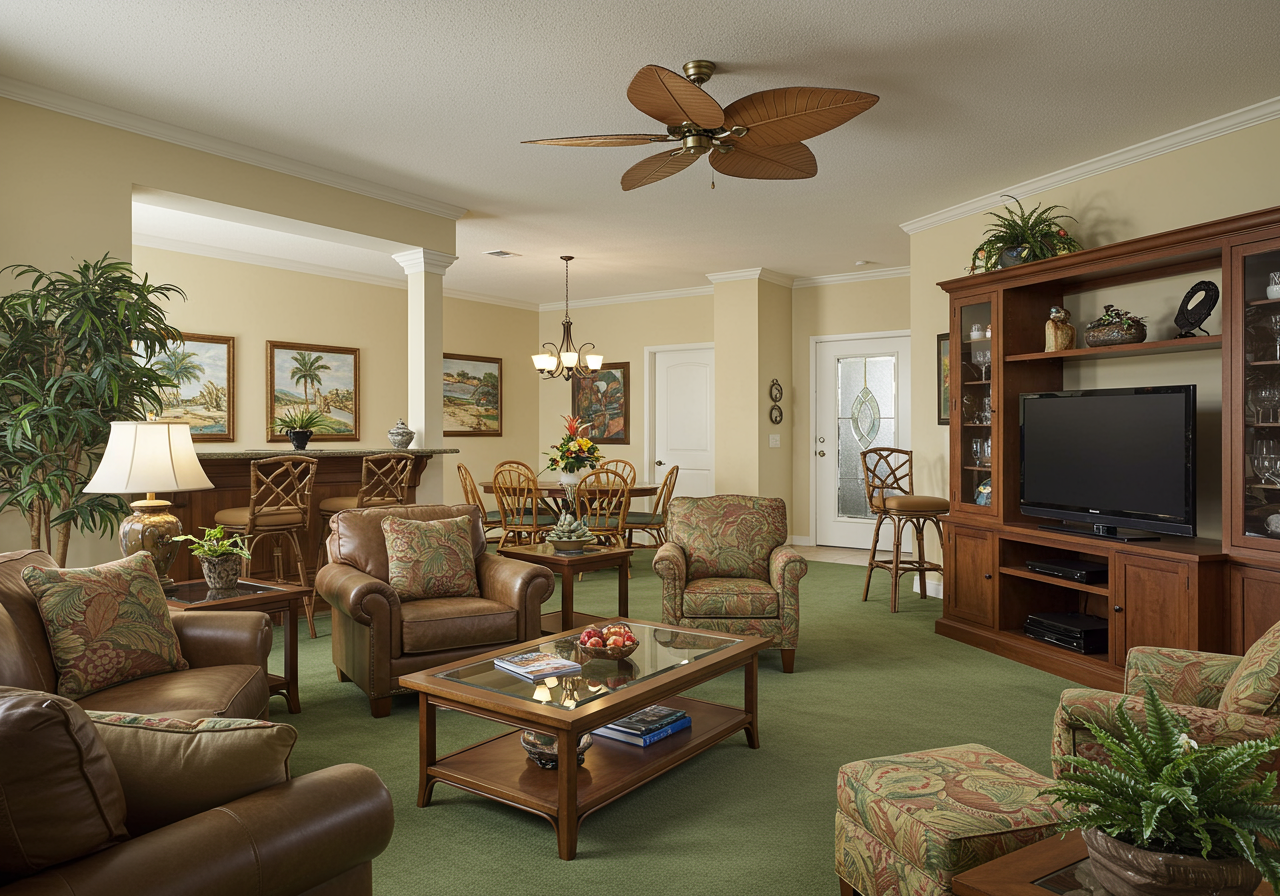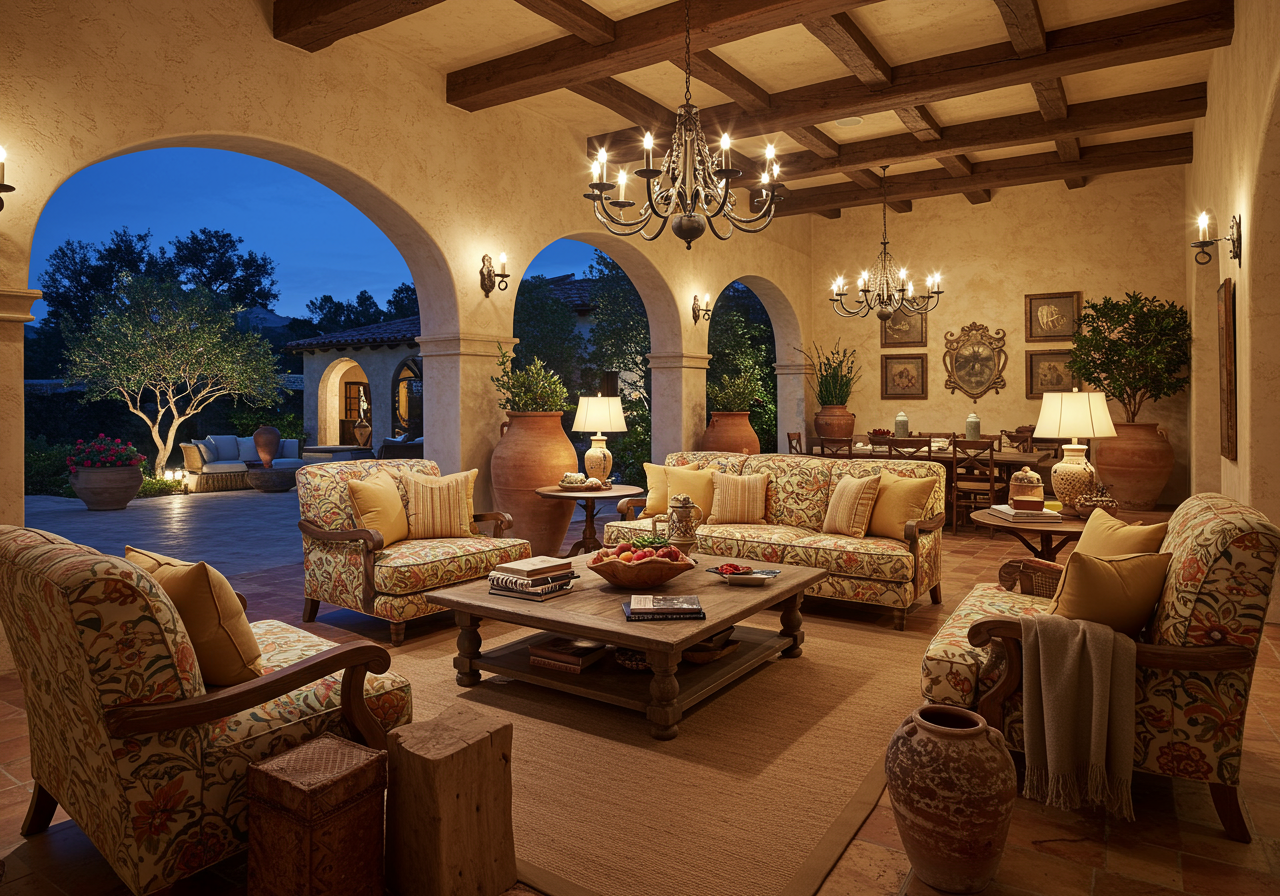
Furniture Placement Mistakes to Avoid
Dori Wittrig July 14, 2022

Dori Wittrig July 14, 2022



Events
Check out the dazzling displays across the Valley.

Grand Menorah Lightings & Community Celebrations

Events
Visit REMAX Sun Properties’ Whimsical Who-Ville!

Events
Holiday Magic to Fountain Hills Theater

Sonoran Lifestyle
Fountain Hills Holiday Mart

Events
A Magical Holiday Evening in Fountain Hills, AZ

Events
Holiday Tradition for the Whole Family

Events

Events
Honoring America’s Heroes
You want a personal real estate advisor with a commitment to excellence and innovative strategies.